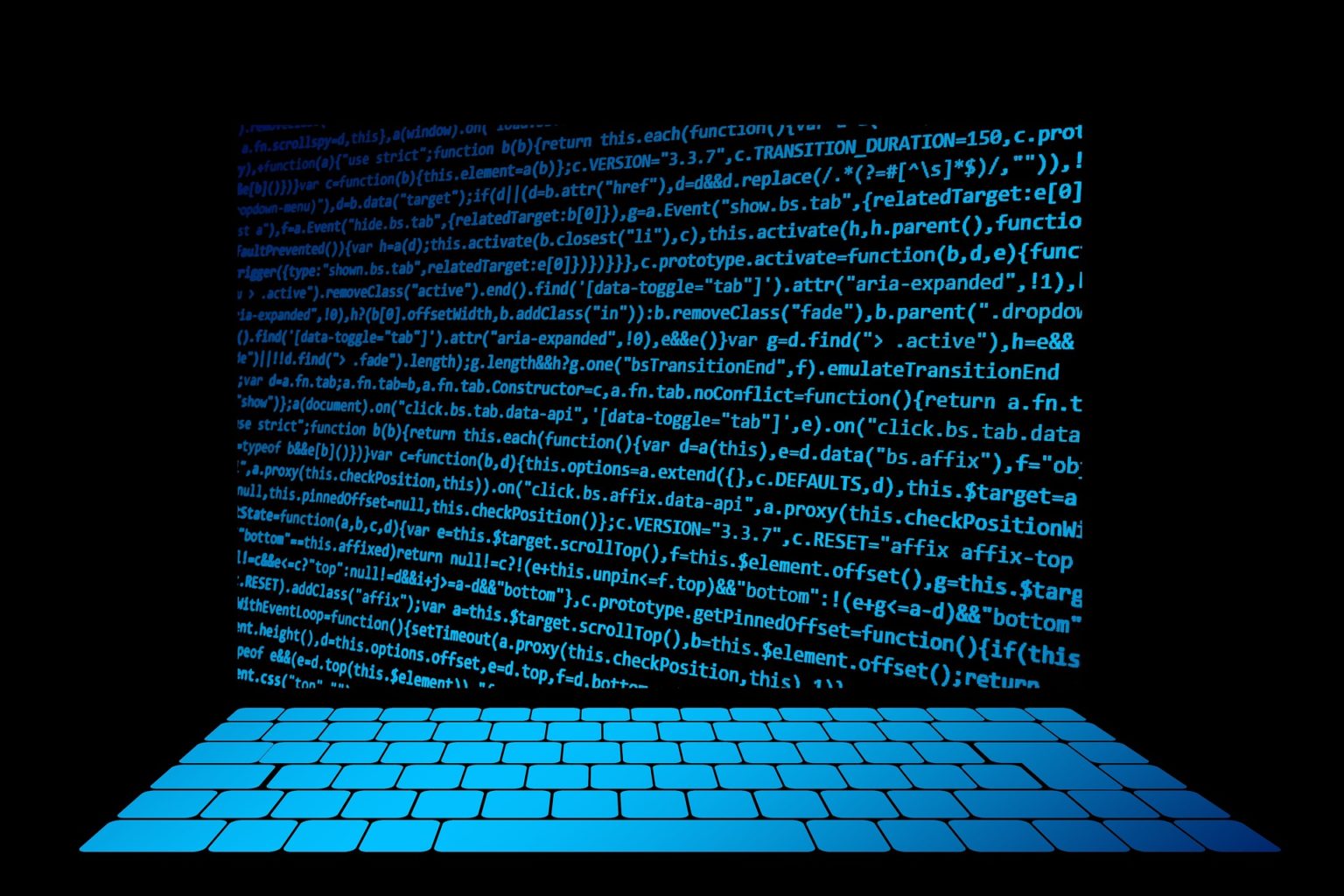B.Sc. in Software Engineering
Five for regular and six for extension
Upon admission to the universities/Institutes of Technologies, students will join the School of Electrical and Computer Engineering based on the placement by the universities/Institutes of Technologies and the students’ interest for the discipline after completing the freshman semester.
Students must take and pass all the required modules to satisfy the requirements for graduation. CGPA and MGPA at least 2.00 No “F”, “D” grades Other requirements might be set by specific University graduation requirements.
Program Details
A software engineering degree sets you up with technical IT skills that can be used in various IT and web-based careers from applications developer to web designer

Carrier Direction
- EEE Engineers focuses on the analysis, design, development and manufacture of electrical equipment’s, electronic devices, Mechatronics technologies, and automation and control systems Electrical.
- Engineers deal with power generation and transmission systems.
- EEE engineers, design circuits for electrically operated vehicles, computers, digital devices, electronic memory storage devices, industrial robots and CNC machines.
- EEE Engineers setup & operate the telecommunication, wireless and internet networks.
- Apply electrical and electronic theory and related knowledge, usually under the direction of engineering staff, to design, build, repair, adjust, and modify electrical components, circuitry, controls, and machinery for subsequent evaluation and use by engineering staff in making engineering design decisions.
- On the job, you would: Modify, maintain, or repair electronics equipment or systems to ensure proper functioning. Replace defective components or parts, using hand tools and precision instruments. Set up and operate specialized or standard test equipment to diagnose, test, or analyze the performance of electronic components, assemblies, or systems. Research, design, develop, or test computer or computer-related equipment for commercial, industrial, military, or scientific use. May supervise the manufacturing and installation of computer or computer-related equipment and components. On the job, you would: Update knowledge and skills to keep up with rapid advancements in computer technology.
- Design and develop computer hardware and support peripherals, including central processing units (CPUs), support logic, microprocessors, custom integrated circuits, and printers and disk drives. Confer with engineering staff and consult specifications to evaluate interface between hardware and software and operational and performance requirements of overall system.
Jobs directly related to your degree include:
- Applications developer
- Cyber security analyst
- Game developer
- Information systems manager
- IT consultant
- Multimedia programmer
- Web developer
- Web designer
- Software engineer
Jobs where your degree would be useful include:
- Application analyst
- Database administrator
- Forensic computer analyst
- IT technical support officer
- Software Tester
- Sound designer
- Systems analyst
- Research, design, and develop computer and network software or specialized utility programs.
- Analyze user needs and develop software solutions, applying principles and techniques of computer science, engineering, and mathematical analysis.
- Update software or enhance existing software capabilities.
- May work with computer hardware engineers to integrate hardware and software systems, and develop specifications and performance requirements.
- May maintain databases within an application area, working individually or coordinating database development as part of a team.
- On the job, you would: Analyze information to determine, recommend, and plan the installation of a new system or modification of an existing system.
- Analyze user needs and software requirements to determine the feasibility of design within time and cost constraints. Confer with data processing or project managers to obtain information on limitations or capabilities for data processing projects.
Courses
| Courses | Course ECTS | Cr/Hr. |
|---|---|---|
| Communicative English Skill | 5 | 3 |
| Basic Writing Skills | 5 | 3 |
| Civics and Ethics | 5 | 3 |
| Introduction to Logic | 5 | 3 |
| Applied Mathematics I | 7 | 4 |
| Applied Mathematics II | 7 | 4 |
| Engineering Mechanics I-Statics | 6 | 3 |
| Engineering Mechanics II-Dynamics | 6 | 3 |
| Introduction to Engineering Profession | 2 | 1 |
| Engineering Drawing | 6 | 3 |
| Introduction to Economics | 5 | 3 |
| Introduction to Computing | 5 | 3 |
| Engineering Thermodynamics | 4 | 2 |
| Applied Modern Physics | 5 | 3 |
| Electromagnetic Fields | 5 | 3 |
| Electrical Materials and Technology | 5 | 3 |
| Applied Engineering Mathematics III | 7 | 4 |
| Computational Methods | 6 | 3 |
| Probability and Random Process | 5 | 3 |
| Fundamental of Electrical Engineering (Circuit) | 6 | 3 |
| Electrical Engineering Lab I | 3 | 1 |
| Electrical Workshop Practice I | 3 | 1 |
| Applied Electronics I | 5 | 3 |
| Electrical Engineering Lab II | 3 | 1 |
| Applied Electronics II | 5 | 3 |
| Electrical Engineering Lab III | 3 | 1 |
| Signals and Systems Analysis | 6 | 4 |
| Network Analysis and Synthesis | 6 | 4 |
| Introduction to Electrical Machines | 6 | 3 |
| Machine Lab | 3 | 1 |
| Electrical Workshop Practice II | 4 | 2 |
| Digital Logic Design | 6 | 4 |
| Object Oriented Programming | 5 | 3 |
| Computer Architectures and Organization | 5 | 3 |
| Digital Signal Processing | 5 | 3 |
| Electrical Engineering Lab V | 4 | 3 |
| Introduction to Instrumentation | 5 | 3 |
| Introduction to Communication Systems | 5 | 3 |
| Introduction to Control Engineering | 5 | 3 |
| Introduction to Power systems | 5 | 3 |
| Microcomputer and Interfacing | 6 | 3 |
| Database Systems | 5 | 3 |
| Data Structures | 5 | 3 |
| Algorithm Analysis and Design | 4 | 3 |
| Software Engineering | 5 | 3 |
| Operating systems | 5 | 3 |
| Introduction to Compilers | 5 | 3 |
| Data Communication and Computer Networks | 5 | 3 |
| Computer and Network Security | 5 | 3 |
| VLSI Design | 5 | 3 |
| Embedded Systems | 6 | 3 |
| Introduction to Robotics | 5 | 3 |
| Modern Control Systems | 5 | 3 |
| Electrical Machines | 5 | 3 |
| Power Electronics | 5 | 3 |
| Electric Drives | 5 | 3 |
| Power Systems | 5 | 3 |
| Power System Protection and Control | 5 | 3 |
| Electrical Installation | 5 | 3 |
| Energy Conversion and Rural Electrification | 5 | 3 |
| Hydropower Engineering | 5 | 3 |
| Power System Planning and Operation | 5 | 3 |
| Computer Application in Power Systems | 3 | 2 |
| Microelectronic Devices and Circuits | 5 | 3 |
| Communication System | 5 | 3 |
| Data Communication and Computer Networks | 5 | 3 |
| Telecommunication Networks | 5 | 3 |
| Wireless and Mobile Networks | 5 | 3 |
| Switching and Intelligent Networks | 5 | 3 |
| EM Waves and Guide Structures | 5 | 3 |
| Antennas and Radio Wave Propagation | 5 | 3 |
| Microwave Devices and Systems | 5 | 3 |
| Optics and Optical Communication | 5 | 3 |
| Electrical Installation | 5 | 3 |
| Electrical Machines | 5 | 3 |
| Power Electronics | 5 | 3 |
| Electric Drives | 5 | 3 |
| Modern Control systems | 5 | 3 |
| Digital Control Systems | 5 | 3 |
| Instrumentation Engineering | 5 | 3 |
| Embedded Systems | 5 | 3 |
| Introduction to Robotics | 6 | 3 |
| Industrial Process Control and Automation | 5 | 3 |
| Principles of Electronics Design | 5 | 3 |
| Analog System Design | 5 | 3 |
| Digital System Design | 5 | 3 |
| VLSI Design | 5 | 3 |
| Microelectronic Devices and Circuits | 5 | 3 |
| High Frequency Electronic Devices and Systems | 5 | 3 |
| Power Electronics Technology andApplications | 5 | 3 |
| Optoelectronics | 5 | 3 |
| Modern Trends in Electronics Engineering | 5 | 3 |
| Research Methods and Presentation | 3 | 1 |
| Semester Project | 4 | 2 |
| Industry Internship | 30 | 15 |
| Entrepreneurship | 4 | 2 |
| Industrial Management and Engineering Economy | 5 | 3 |
| B.Sc. Thesis | 12 | 6 |

